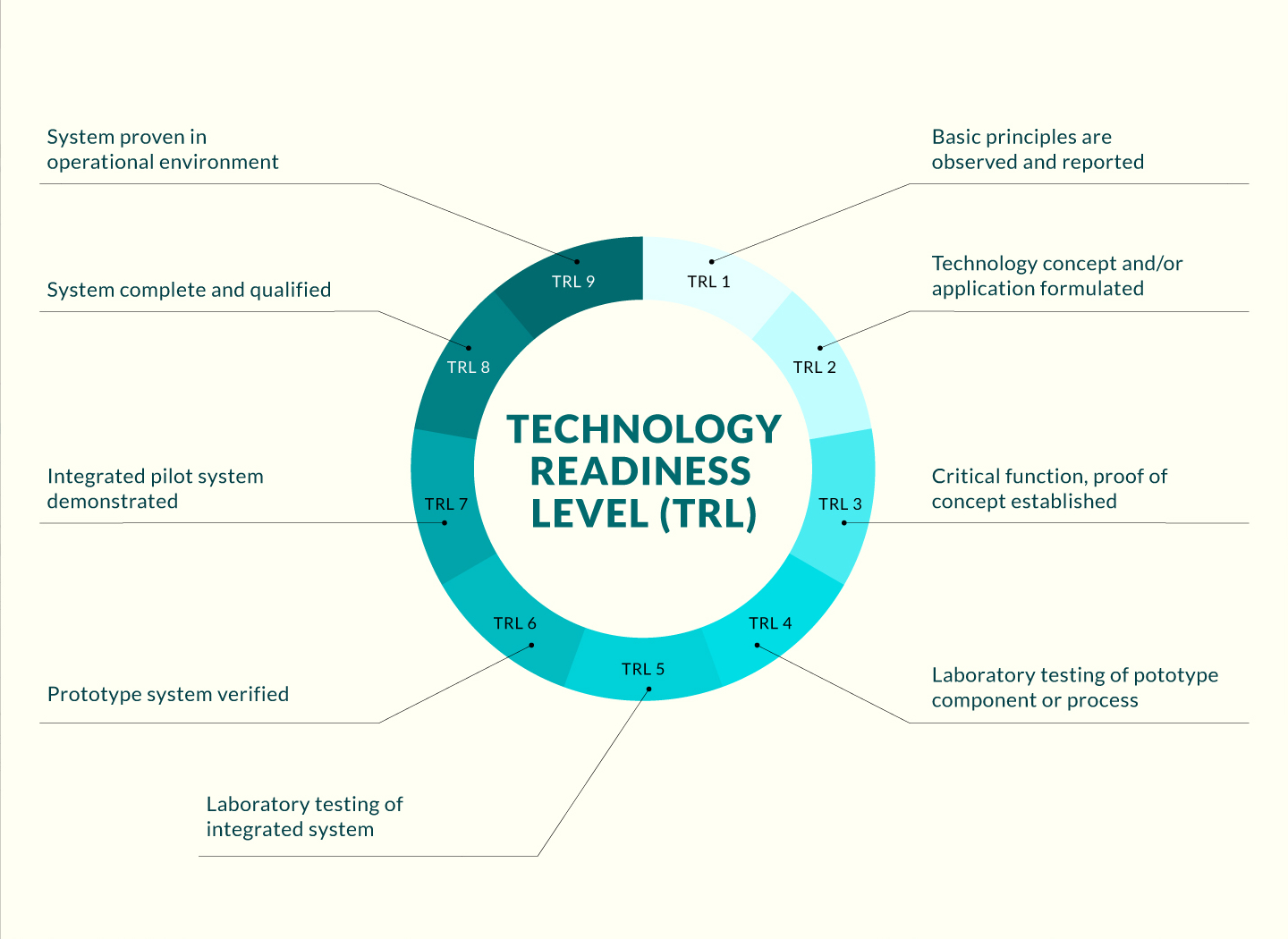
Opportunity
Energy storage system (ESS) can bridge the mismatch between renewable energy (e.g., wind power, solar power) supply and end-users’ demand. However, a scalable, repeatable, and sustainable ESS is still on the way, because existing ESSs still suffer from drawbacks such as specific-terrain requirements, high capacity, low efficiency, environmental problem, and so on.
Furthermore, there are some overlooked areas for ESSs utilization. For example, two third of the global population has limited access to safe and clean drinking water. Atmospheric water harvesting (AWH), extracting moisture from the ambient air, plays a significant role in alleviating water scarcity. Another field is humidity control. The potential of using solid or liquid desiccants were reported in recent decades. However, both will consume a great amount of energy for absorbent/desiccant regeneration consumed in regeneration. To address these issues, it is feasible to adopt water-production/dehumidification-armed ESSs powered by excessive renewable energy and thus prevent grid fluctuation and improve AWH/dehumidification economics.
Technology
A typical P2W battery includes a heating unit, a thermal storage unit (TES), a hygroscopic solution container, and a condenser (for AHW). The surplus renewable electricity from the grid can charge the thermal storage medium via heat pumping or joule heating (e.g., ohmic, induction, microwave). The low-cost, environmental-friendly, and high-storage-density medium (e.g., fire brick, molten salts, stones, concrete, paraffin, etc.) stores the excessive renewable energy in a well-insulated container. At the same time, the concentrated hygroscopic solution can absorb the atmospheric moisture or the indoor humidity driven by vapor pressure. Upon absorption saturation (concentration is low or solution reaches an equilibrium with the ambient), the solution will be heated by the thermal energy discharged from the TES reservoir and release the water vapor, which can be collected by a heat sink condenser to produce fresh water.
Advantages
- The module structure is simple, and the working fluid is stable. The deployment does not rely on any specific terrain.
- The microporous polymeric membrane features high specific areas that contribute to high mass flux in a compact structure.
- The TES materials feature high energy storage density which is a benefit to achieving a low energy loss and thus high efficiency.
- The high temperature and active heating strategy enable a higher initial concentration and thus faster sorption kinetics compared with the state-of-art AWH modules.
- The material price of the module, especially the TES, is very low. Hence, the P2W battery has a very low capital per energy (CPE) and thus the advantage in long-duration energy storage.
Applications
- Atmospheric water harvesting (AWH)
- Humidity control (dehumidification)








